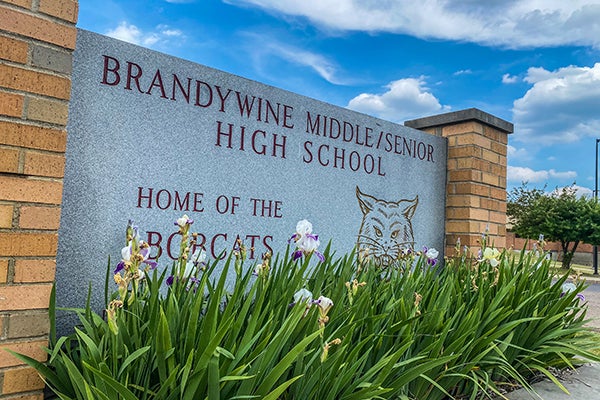SW Michigan: The state’s original fruit belt
Published 8:05 pm Sunday, July 25, 2010

The term “fruit belt” was part of a public relations blitz in southwest Michigan in 1910. Photo by Terri Gordon
TERRI GORDON
Off the Water
The history of southwest Michigan is a complex tale of ingenuity and happenstance. A lot of its success is owed to its location and, ultimately, the glaciers that covered it more than 10,000 years ago.
The history of the area’s fruit industry is no different — ingenuity, happenstance and glaciers. The glaciers that covered the area carved the trench that is Lake Michigan, partly responsible for the climate, and the glaciers left behind their “debris,” creating the rich soil farmers have used for roughly two hundred years of fruit production.
The earliest of settlers noted the area’s fruit-growing properties, planting trees, bushes, and vines for their personal consumption.
The term “fruit belt” gained recognition in 1910, as part of a public relations blitz for the industry that thrived throughout Allegan, Van Buren and Berrien counties, according to the Heritage Museum and Cultural Center’s executive director, Kenneth Pott. The moniker stuck.
Fruit production in the fruit belt would be impossible without its unique environment. Climate is moderated by what is referred to as “lake effect.” The phenomenon keeps the area warmer when it’s cold, and cooler when it’s warm. It also affects rainfall. The climate and the geography — the rolling terrain, the soil — are perfect for grapes, peaches, apples and any number of other fruits. Scientists at Michigan State University consider southwest Michigan’s environment “quantifiably the most productive fruit growing environment in the world — not just Michigan, not just North America, in the world,” Pott said. “It produces some of the highest quality fruit in the world as well, on the basis of its sugar content (and) flavor.” So, if you think the best peaches, blueberries or grapes you’ve ever tasted have come from southwest Michigan, you may rest assured it is not just your imagination. It is a fact.
The heyday of Berrien County’s fruit industry hit in the late 1800s, when peach orchards covered the land. By then, what started as a peach tree in every backyard, so to speak, blossomed into a booming business, and the entire area benefitted.
“The industry really had its origins in the early 19th century,” Pott said. “As early as the (18)30s and (18)40s, (fruit) was being shipped from here to the larger cities, Chicago and Milwaukee, aboard sailing vessels. Of course, later by steam-powered craft and by rail.
“In time, there was the development, in downtown Benton Harbor, of the Benton Harbor Fruit Market. The fruit market grew informally. It was established in the early 1930s in a more formal way, by the city, and was eventually described as the world’s largest growers-to-sellers market. It still holds that reputation today. It’s moved, over time, to different locations, and is now out on Territorial Road, but it’s still a vibrant organization, with over 1,000 farming families as members.”
A key part of the fruit industry’s success was its location.
“Its proximity to Chicago, and the avenues of transportation, by lake and by rail contributed significantly to the industry’s development,” Pott said. The invention of refrigeration ended Chicago’s reliance on the nearby peaches as they could now be shipped from virtually anywhere, but fruit remained, and does to this day, a major industry in southwest Michigan.
The fruit growing industry spawned several “allied” industries — barrel and basket making — and innovations — pesticides, tractors cold storage.
“One of the first cold storage facilities in the country was established by the House of David,” Pott said, “and that greatly extended the ability of the growers to sell throughout the year.”
In addition to the fresh fruit, companies processed them into juices and jellies and other related products.
The Blossomtime Parade was also born, in celebration of the industry. Begun in 1906, it celebrated its 104th anniversary this May.
“It’s one of the oldest festivals of its kind in this country,” Pott said.
Letters, newspaper articles and other documents have recorded the histories of people involved in fruit farming, or its allied industries, the German prisoners of war who came and worked the orchards during war, people whose families owned farms.
These histories tell the story of what Pott says was “the earliest largest industry that influenced settlement and development here.” It is a story that continues to unfold, one that is at a crucial crossroad as urbanization eats up the land it requires.
“We are at a critical juncture in this industry, in this region. We are losing a lot of the land, and a lot of the farming families are going out of the industry,” Pott said.





